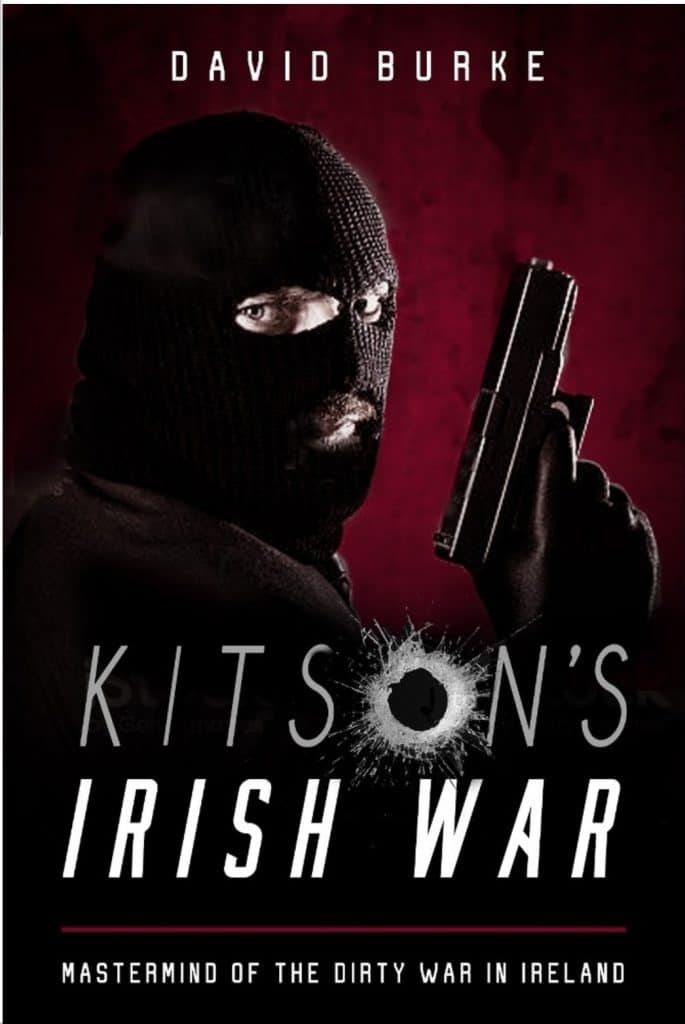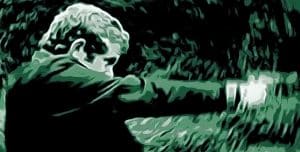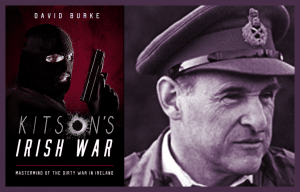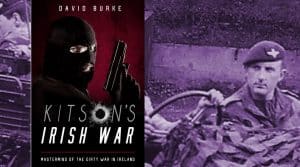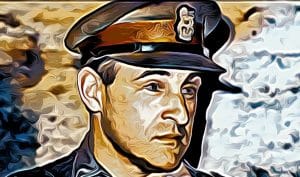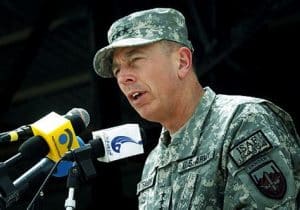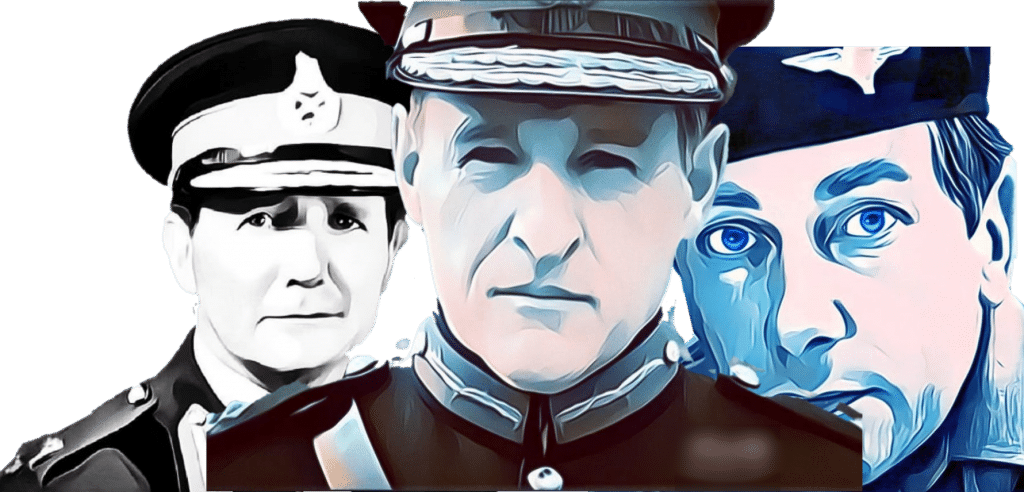
By David Burke.
1. “No other perpetrator involved would be given anonymity, for some reason Soldier F is a protected species”.
In the last week, Colum Eastwood MP, the Leader of the SDLP, named ‘Soldier F’, in the House of Commons, under privilege. ‘Soldier F’ had faced murder charges for his actions on Bloody Sunday which had been dropped. The world now knows that former Lance Corporal Cleary is ‘Soldier F’. He is a small man who joined the Parachute Regiment in 1966.
Eastwood said that, “For 50 years he has been granted anonymity and now the government want to grant him an amnesty. No one involved in murder during the Troubles should be granted an amnesty.”

After his speech, Eastwood told BBC NI that: “Over the past couple of weeks his name has been plastered on Free Derry Corner, it has gone viral on social media. The people of Derry know his name. There is no reason for him to be granted anonymity. No other perpetrator involved would be given anonymity, for some reason Soldier F is a protected species.”

The Speaker of the Commons has confirmed that Eastwood did not abuse parliamentary privilege in naming Cleary.
2. David Cleary’s Killing Spree.

On Bloody Sunday in January 1972 Cleary was conveyed into the Bogside at speed in a Saracen vehicle or “pig”. He and his colleagues leapt out of it and took up positions behind a low wall adjacent to a ramp on Kells Walk from where they shot Michael Kelly. Kelly was unarmed and standing at a nearby rubble barricade, a threat to no one.
Cleary and three of his colleagues, Corporal E, Private G, Private H, [the EFGH unit] moved into Glenfada Park North, where their killing spree continued. The Saville Inquiry found that Cleary or Private H shot William McKinney dead; also that this unit was responsible for the shot that wounded Joe Mahon, and that either Cleary or Private G fired the shot that wounded Joe Friel.
Saville opined that the EFGH unit also murdered William Wray, injured Joe McMahon, Joe Friel, Michael Quinn and Patrick O’Donnell, and possibly injured Daniel Gillespie. There was no excuse for their behaviour. According to Saville: “In our view none of the soldiers fired in the belief that he might have identified a person in possession of or using or about to use bombs or firearms.”
Saville also found that: “The last gunfire casualties were Bernard McGuigan, Patrick Doherty, Patrick Campbell and Daniel McGowan, all shot in the area to the south of Block 2 of the Rossville Flats within a very short time of each other. We are sure that Lance Corporal F [i.e. Cleary] fired at and shot Bernard McGuigan and Patrick Doherty, and it is highly probable that he was also responsible for shooting the other two casualties. This soldier fired across Rossville Street from the Rossville Street entrance way into Glenfada North”.

Cleary was a cruel, cynical and clinical killer. He shot Patrick Doherty in the buttock while he was on the ground crawling away from him. As Doherty lay crying out in pain, his life draining away from him, Barney McGuigan, an exceptionally brave and humane man, stepped forward with a white handkerchief looking to help Doherty. Cleary dropped to one knee, aimed his rifle and shot McGuigan in the head.
Cleary was a cruel, cynical and clinical killer. He shot Patrick Doherty in the buttock while he was on the ground crawling away from him. As Doherty lay crying out in pain, his life draining away from him, Barney McGuigan, an exceptionally brave and humane man, stepped forward with a white handkerchief looking to help Doherty. Cleary dropped to one knee, aimed his rifle and shot McGuigan in the head.

3. A Pat on the Back: mentioned in despatches.
Cleary was “mentioned in dispatches” for confronting the enemies of the Queen in the London Gazette in February 1972. This was a few weeks after Bloody Sunday. The citation was for his alleged courage in Belfast the previous August 1971. The odds are astronomically high that Cleary was one of those involved in the shooting of unarmed and innocent civilians in what became known as the Ballymurphy massacre.
It is now beginning to look like Cleary and a group of paratroopers attached to the Support Company of the 1st Battalion of the Parachute Regiment (1 Para) were identified, recruited and groomed to carry out the extermination of civilians in any circumstance, including on occasions when they posed no threat to the British Army. The man in charge of Cleary and his comrades was Colonel Derek Wilford. He is on record as having said that all Catholics support the IRA. Thus, to kill a Catholic was tantamount to killing a supporter or member of the IRA. That attitude was undoubtedly shared by Cleary and others in 1 Para. The contempt and disdain they had for Catholics became grotesquely manifest in the Bogside on Bloody Sunday.
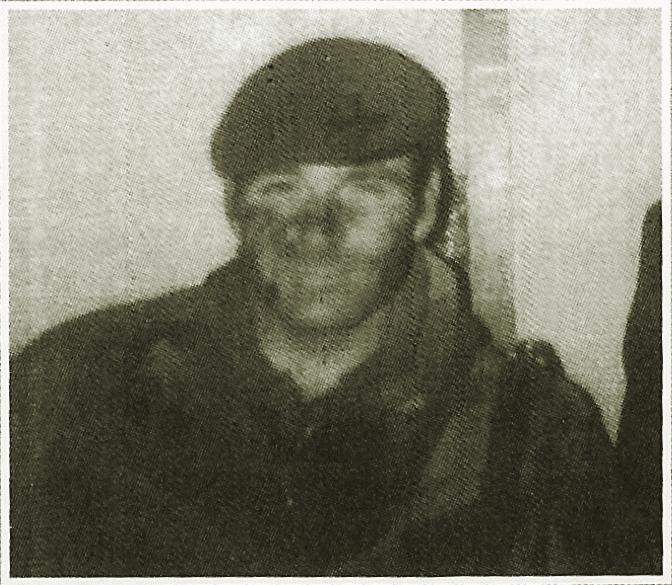
Wilford reported to Brigadier (later General) Frank Kitson. Of the pair, Kitson is the far more significant. First, he was the superior officer. Second, Wilford did not take over command of 1 Para until July 1971 by which time the soldiers of 1 Para had been engaged in countless violent confrontations with civilians in Belfast. (The murderous violence of 1 Para did, however, gather momentum after Wilford’s appointment.) Third, Kitson had disclosed the technique of terrorising a community which harboured insurgents in his infamous book ‘Low Intensity Operations’. An analysis which makes sense of what took place in Ballymurphy from a British Army counterinsurgency perspective – and which is based on the content of ‘Low Intensity Operations’ – can be found at: Brigadier Kitson’s motive for murdering unarmed civilians in Ballymurphy.
From the standpoint of the British Army, Kitson’s book should never have been published. However, the author was entitled to 50% of the royalties of the sale thereof and this may account for the indiscretion of publishing it.

4. A second paratrooper mentioned in despatches.
It now emerges that another paratrooper, a comrade of Cleary, who engaged in the attack on the Bogside on Bloody Sunday, was also ‘mentioned in despatches’ for his activities in Belfast in August 1971. Village is aware of his name and that of others who were involved in Bloody Sunday.
The second paratrooper ‘mentioned in despatches’ was a private at the time. His name has long been known to the relatives of the victims of Bloody Sunday.
5. A Grooming Process.
A deeply disturbing pattern is becoming apparent here: it is not unreasonable to speculate that Kitson, a counterinsurgency guru who learned his brutal trade in the colonies (where no holds were barred), set out to find soldiers who were prepared to engage in dirty tricks on behalf of the British Army. They were then unleashed by Kitson to terrorise the Nationalist community in Belfast (and later sent to Derry on Bloody Sunday). By the early 1970s, 1 Para had become a refuge for an assortment of thugs, criminals, rapists and psychopaths.

As part of any grooming process, these killers would have had to have been given assurances that what they were doing was in the best interest of the British State. Hence, some of them were ‘mentioned in despatches’ (a lowly honour that cost the State nothing) at the behest of Wilford and Kitson. Another technique was to ensure that the murders perpetrated by the likes of Cleary were not investigated by the police. Instead, they were let off the hook by a co-operative Royal military police. See: Mission accomplished. The unscrupulous judge who covered-up the Bloody Sunday murders. Soldier F and other paratroopers have been protected by the British State for five decades. None of them now face prosecution. This perversion of justice began with the connivance of the Lord Chief Justice of England and Wales, John Widgery, a former British Army brigadier, Freemason and oath-breaker.
Bearing the foregoing in mind, it is quite likely that the Ministry of Defence and others in Whitehall are aware of what took place in Ireland during the Dirty War and that this is part of the impetus behind Boris Johnson’s proposal to end all prosecutions against soldiers, even at the expense of letting IRA killers walk free. It is not inconceivable that Cleary and his ilk have made dark threats behind the scenes that they will tell the world what they know about the counterinsurgency techniques deployed in Ireland unless the hounds are called off.
Bearing the foregoing in mind, it is quite likely that the Ministry of Defence and others in Whitehall are aware of what took place in Ireland during the Dirty War and that this is part of the impetus behind Boris Johnson’s proposal to end all prosecutions against soldiers, even at the expense of letting IRA killers walk free. It is not inconceivable that Cleary and his ilk have made dark threats behind the scenes that they will tell the world what they know about the counterinsurgency techniques deployed in Ireland unless the hounds are called off.
6. Death Threats to the Leader of the SDLP.

Colum Eastwood has received death threats over his exposure of Cleary. They have been passed to the PSNI.
This is not the first time that supporters of Cleary and his colleagues have issued death threats. During the course of the Saville Inquiry paratroopers traced down at least one former paratrooper, Soldier 027, who was prepared to testify about what had really happened on Bloody Sunday. In what appears to have been a case of mistaken identity, the soldiers beat up his housemate. Soldier 027 had to go into hiding.




7. John Mercer and the Hogg Precedent.
John Mercer MP, the recently retired veterans’ minister, wants the SDLP leader to be sanctioned for his “unnecessary and dangerous” move. In a tweet he accused Eastwood of “mis-using parliamentary privilege”. As noted earlier, the Speaker of the Commons has stated that Eastwood acted properly.
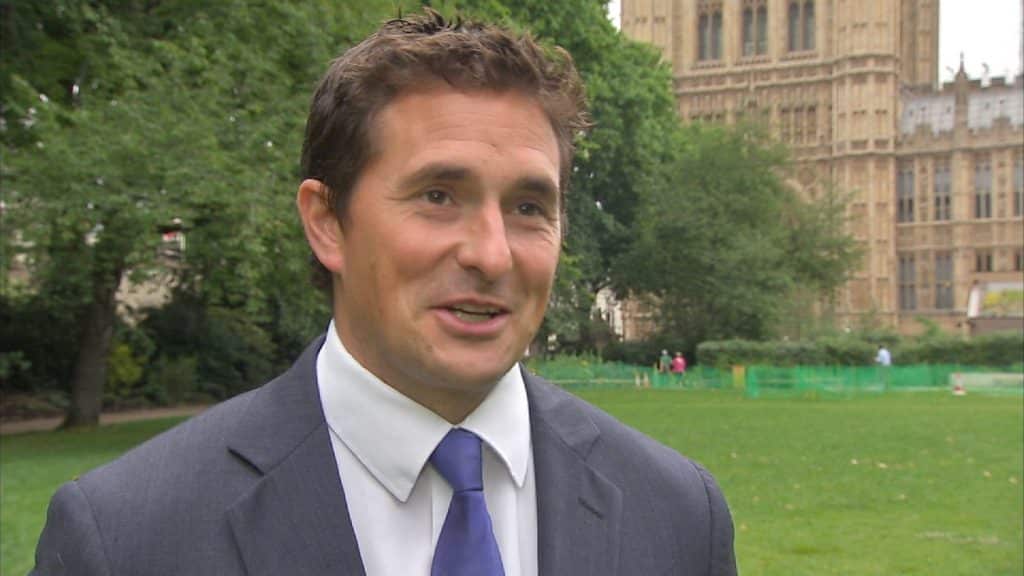
The attack by Mercer is not a trivial matter. In 1989 another Tory MP called Douglas Hogg made inflammatory remarks about lawyers who were acting for paramilitary clients. Hogg, then a Tory Home Office minister, stated in the House of Commons that “some solicitors were unduly sympathetic to the cause of the IRA”.

A short while later, on 12 February, 1989, the UDA assassinated Patrick Finucane, a highly-regarded Belfast solicitor, at his North Belfast home. Finucane, who was 38-years-old, was shot 14 times by two masked UDA gunmen who sledgehammered their way into his house. His wife Geraldine was also injured during the attack which took place while the couple was enjoying a meal with their young family.
Hoggs was promoted by Thatcher the following year to Minister of State at the Foreign Office. David Cameron made him a life peer in 2015 and he now sits in the House of Lords.
John Mercer MP has also stated of Cleary that: “I have never defended this man, but I will defend his right to a fair process.” How does Mercer believe “fair process” can be achieved without a trial? Does he think an amnesty for someone he purports to have “never defended” equates to a “fair process”?
Furthermore, does the tweet reproduced below after the charges against Cleary were dropped not denote support for him?

8. The Recall of the Northern Ireland Assembly.
Neither Eastwood nor the SDLP are being intimidated by the threats. On the contrary, Eastwood and the SDLP’s Deputy Leader, Nichola Mallon, have gathered the requisite 30 signatures to recall the Northern Ireland Assembly to debate the legislation proposed by the Tories to end the prosecution of soldiers.
Up to 1,000 investigations into deaths in the Troubles may be dropped if the legislation is passed.
David Burke is the author of ‘Kitson’s Irish War’. It can be purchased here:
https://www.mercierpress.ie/irish-books/kitson-s-irish-war/
OTHER STORIES ABOUT BLOODY SUNDAY, THE BALLYMURPHY MASSACRE, BRIGADIER FRANK KITSON AND COLONEL DEREK WILFORD ON THIS WEBSITE:
The covert plan to smash the IRA in Derry on Bloody Sunday by David Burke
Soldier F’s Bloody Sunday secrets. David Cleary knows enough to blackmail the British government.
Colin Wallace: Bloody Sunday, a very personal perspective
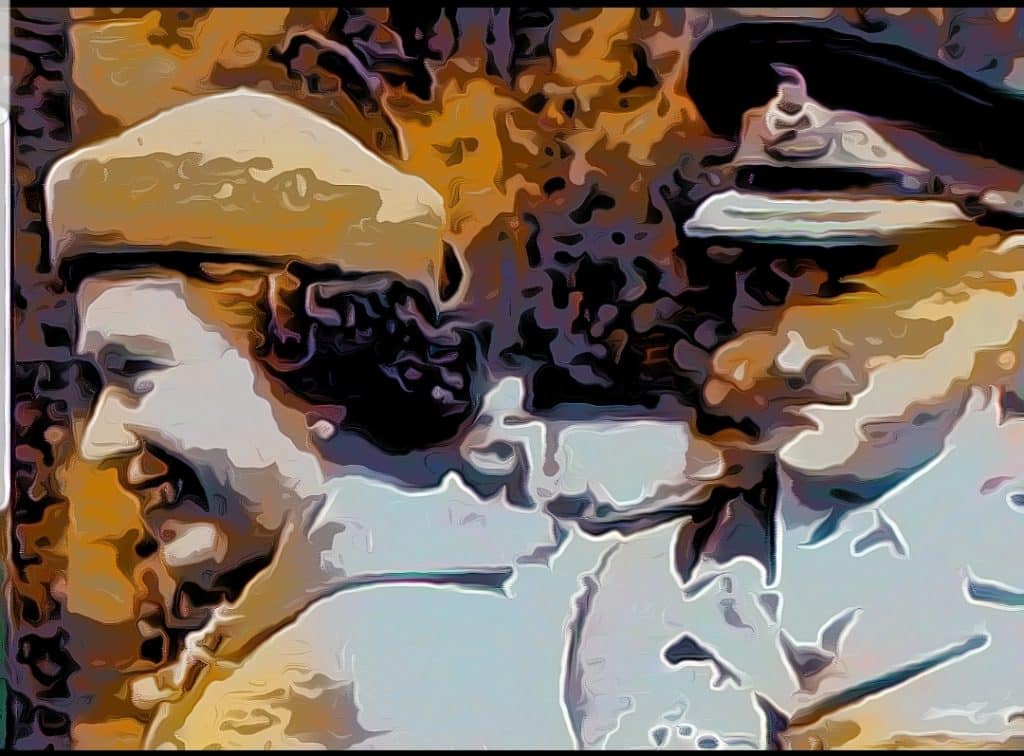
A Foul Unfinished Business. The shortcomings of, and plots against, Saville’s Bloody Sunday Inquiry.
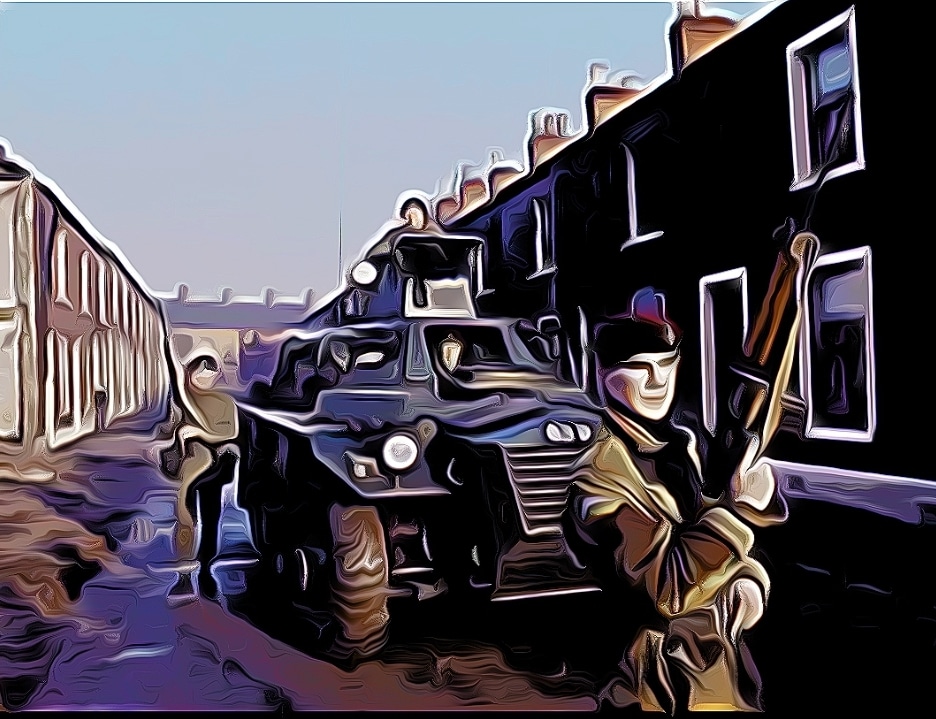


Soldier F, the heartless Bloody Sunday killer, is named.
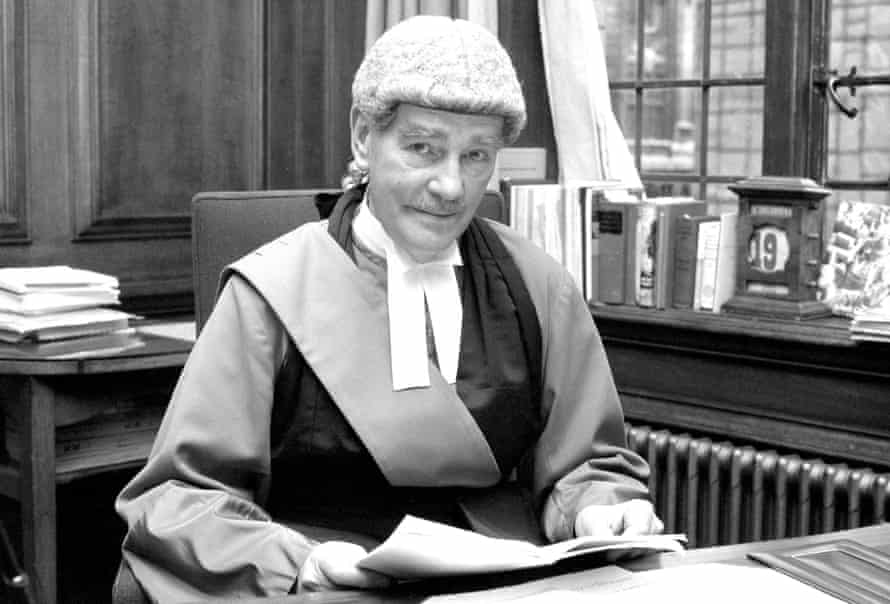
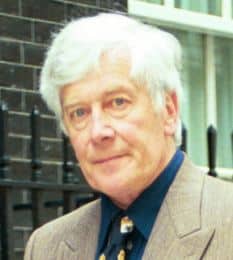

Brigadier Kitson’s motive for murdering unarmed civilians in Ballymurphy.
